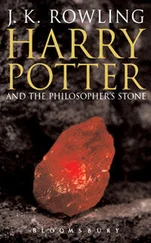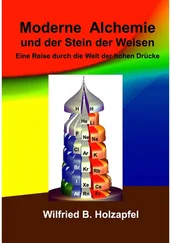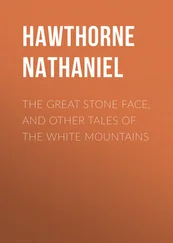“Indeed so,” the professor continued. “Aristotle envisioned the quintessence as an eternal unchangeable agent, like an ether , that would fill the whole world. Other alchemists preferred to think of the quintessence as an actual primary substance, or a Materia Prima , you might say, from which the other four could be derived. So perhaps the ‘quintessential question’ for us today, Marie, is ‘what is really the fifth essence and how would we describe it today?”
“I was just thinking of asking you that question,” Helen said to the professor. “Very well,” replied the professor. “Let’s see what I can do with it.
“It is not a particularly easy question to answer. The early books that have been written about alchemy tended to be fanciful stories about alchemists that were not written by the alchemists themselves. A modern example of that might be the Harry Potter novels. These popular – and profitable – tales focus on the unexplained magic that has been associated with alchemy rather than reporting on the actual work that the practitioners of alchemy did or the things that they accomplished. Even if the names of the alchemists were not fictitious, the early writers wove many legends around a few sparse facts. Throughout history, it seems, such legends have sold much better than books about pure facts! As a result, the various stories about the great Arab scientists Gabirand Avicennareflect more fantasy than fact. Who could translate the scientific-philosophical books from Arabic to the western Latin without distorting the content a little here and there along the long journey to our world? So many legends have been added to the lives of the alchemists that what we have now are mostly just fairy tales. What happened to Dr. Faust in Goethe's play?”
Helen was more familiar with Gounod’s opera than with the actual play from which it was loosely derived, but she assumed the lesson was more-or-less the same: Don’t make a deal with the Devil to find pleasure by acquiring knowledge of the world. Yet here was Professor Wood offering to explain the secrets of the alchemists to her. She shuddered at the analogy as the professor continued his explanation.
“I’ll try to present a more complete picture of the way in which these early scientists and philosophers laid the foundation for today's science. Remember that the word alchimia came from contacts with the Arabs during the early medieval times when traders on the Silk Road then, later, Christian Crusaders entered the Arab-Islamic world. In those days, only the monasteries cared much about science. Even among the nobility, independent research was practically inconceivable. At that time, the church had the truth and it determined what the acceptable view of the world was. Independent thinkers who read the banned books of ‘satanic’ Arabs had to worry about being condemned as heretics. Accordingly, the alchemists could only discuss their work in more or less secret circles and they had to include Christian symbols in their writings. God, the sole creator of the universe, must have given the Philosopher's Stone its power. Otherwise, the stone and all the associated alchemy would clearly have been the devil's work.
“Oriental medical knowledge was also suspicious. Inevitably, the image of the alchemist was strongly influenced by the church and orthodox Christianity. It was not until the Renaissance and the Age of Enlightenment that independent research even became possible. Even then Galileo was condemned for the dissemination of his conviction! If you're splitting hairs, Galileo was convicted because he claimed to know the truth ! The truth was supposed to be a matter of faith about which the Church was the final authority. Scientists today are more modest. They only speak of knowledge . By convention, knowledge can change over time and the discoveries of the scientists are no longer controlled by the Catholic Church.
“Nonetheless, the gloomy view of the alchemists as mere magicians persists to the present day. Of course, we still see a lot of fundamentalism in politics, and even commerce, today. Take, for instance, the work of Charles Darwinregarding the evolution of species! In scientific circles Darwin’s observations are considered to be confirmed by a large number of individual findings. But there are still many fundamental - it's that believe that the divine creation of various creatures and humans can be proven by quotations from the Bible. These people end up discarding all scientific evidence to the contrary. So, if you think about it, the alchemists were only scientists who were downgraded in their time because of the independence of their thinking and research. They looked ‘outside the box’ beyond the narrow confines of the Catholic world and, as a result, came into conflict with the powers of the Church and its indoctrinated population of the time.
“It is not surprising that this branding of the alchemists persisted until the Age of Enlightenment. Finally, people no longer spoke of researchers and scientific thinkers as alchemists but as humanists, polymaths or naturalists. Despite all that, a genuine rehabilitation of the alchemists themselves is still pending!”
Marie had become a little fidgety with all this talk of the alchemists. “But didn’t you want to explain the quintessence ?” she asked as politely as she could.
“Oh yes, I’m sorry about that,” the professor answered. “I know that I get a little carried away sometimes, but it is hard to understand the concept of quintessence without a little insight into the historic world of alchemy. Now let me describe the underpinnings of modern alchemy, as I view it.”
“Look at this graphic ( Figure 14). It represents the phase diagramof a typical simple substance. With this diagram, I can show you the way in which modern chemists and physicists present a view of their results. You will see that this view is similar to the views of the old alchemists.
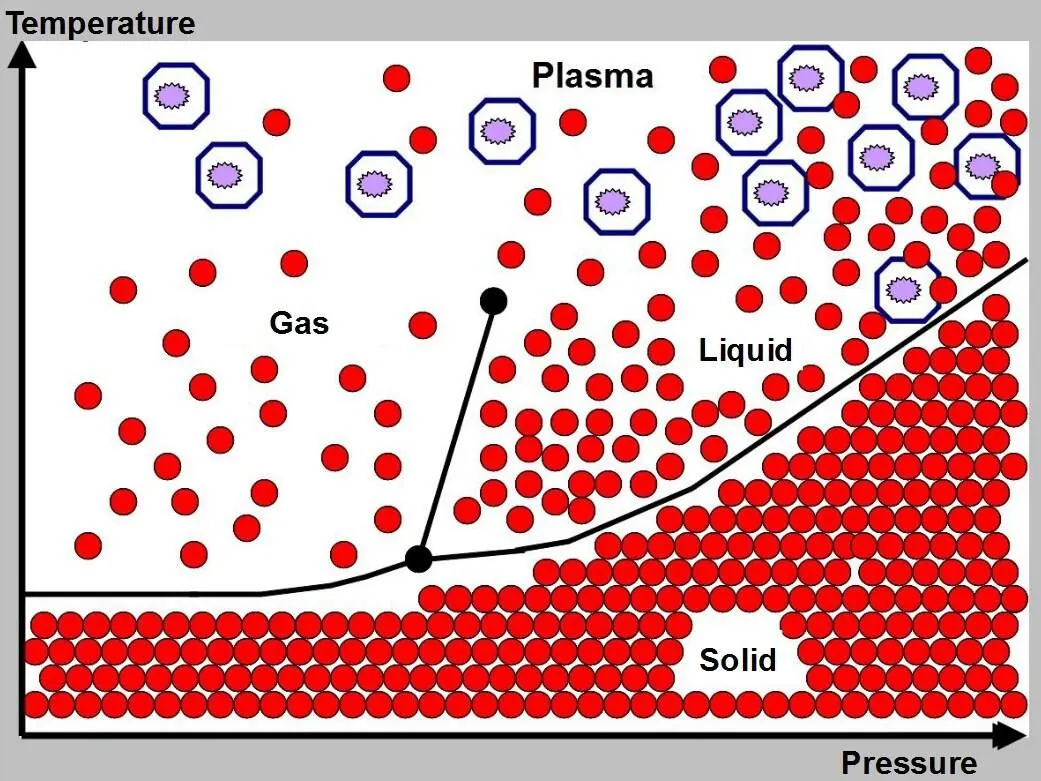
Figure 14: Phase diagram of a simple substance
“In this diagram, the four elements of the alchemists, the four Essentia , are labeled using the modern names for the four possible states or phases of a single substance. Instead of the term Earth , I have written Solid . You can see that I have used the more general term Liquid in place of Water . Instead of Air , I have written Gas and in the field of Fire I have used the term Plasma. Are you familiar with this term?” The professor paused to see if the students were still with him on this picture.
“I remember that the word came up in my chemistry course, but perhaps you could remind us of exactly what you mean to infer by using this term to describe a fundamental state of matter,” Helen suggested.
“I can do that,” Professor Wood replied. “Generally we do not encounter materials in the plasma state unless they are separated from us by some sort of containment. For example, a plasma exists inside a fluorescent lamp tube, but we are not able to touch it. In a plasma, the gas is so hot that the molecules or atoms travel a high speed and undergo relatively violent collisions with each other. There is so much energy exchanged in the collisions that the valence electrons, the more loosely bound ones in the outer shells of the atoms or molecules, are simply knocked away from their home atoms. As a result, the atoms become ionized. Another example of molecules in the plasma state is a flash of lightning. As you might guess, coming in contact with such high-velocity ions would be very damaging to your skin.”
Читать дальше


